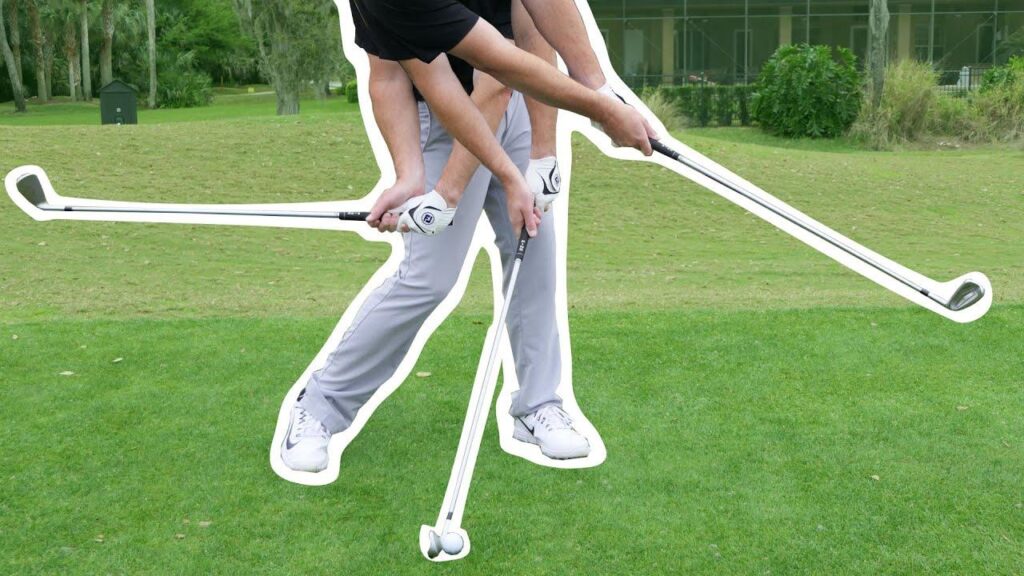The Top Mistake Players Make With Releasing the Club
In the world of golf, the nuances of a perfect swing can be the difference between a birdie and a bogey. Among the myriad of techniques and strategies employed by players at every level, one fundamental aspect often overlooked is the crucial moment of releasing the club. A misstep in this pivotal phase can lead to frustrating inconsistencies in distance and accuracy, hindering performance on the course. As golfers prepare for the upcoming season, understanding the common pitfalls associated with club release is vital. This article delves into the top mistakes players make when releasing the club, shedding light on how to refine this essential skill and elevate their game to new heights. With insights from seasoned experts and a detailed examination of the mechanics involved, golfers can learn to avoid these missteps and unlock their full potential on the course.
Understanding the Role of Timing in Club Release for Optimal Impact
The timing of club release is an often-overlooked aspect of a golfer’s swing, yet it can dramatically influence performance. A common mistake players make is prematurely releasing the club during the downswing. This can lead to a loss of power and accuracy, causing the ball to veer off target. Understanding the right moment to release the club can give golfers a significant advantage. Factors that can affect this timing include:
- Body Position: Proper alignment can enhance awareness of the swing’s timing.
- Tempo: Maintaining a consistent rhythm throughout the swing aids in controlling the release.
- Follow Through: A smooth follow through is often a sign of an optimal release.
To grasp the right timing, players often benefit from analyzing their swing mechanics through video playback or professional coaching. The following table highlights the key aspects of timing in club release:
| Aspect | Impact on Shot |
|---|---|
| Early Release | Reduces power and leads to erratic shots |
| Late Release | Increases control but may sacrifice distance |
| Optimal Release | Achieves balance of distance and accuracy |
Essential Techniques to Correct Common Club Release Errors for Improved Performance
One of the most frequent errors golfers encounter when releasing the club is improper timing. A premature release can lead to a loss of control and power, affecting both accuracy and distance. To address this, players should focus on maintaining a smooth transition during their swing. Here are some key techniques to help improve timing when releasing the club:
- Engage the core: Strengthening the core muscles helps stabilize the torso and allows for a more controlled swing.
- Practice with drills: Use alignment sticks or other training aids to mark your release point and ensure you’re not releasing too early.
- Visualize the swing path: Picture the ideal swing movement, emphasizing the proper release at the bottom of the swing arc.
Another common issue is the grip pressure exerted during the swing. Many players grip the club too tightly, which can hinder the natural release of the club head. It’s essential to find a balance between a firm grip and relaxation to allow for optimal club release. Consider the following strategies to improve grip pressure:
- Use a light grip: Experiment with a lighter grip and focus on maintaining control without tension.
- Practice wrist flexibility: Incorporate wrist exercises to enhance flexibility, allowing for a more fluid release.
- Consult a professional: Seek help from a golf coach to assess your grip technique and adjust as needed.
The Way Forward
In conclusion, understanding the nuances of club release can significantly elevate a golfer’s performance on the course. As we’ve explored, the most common pitfalls-including improper timing, lack of awareness of grip pressure, and insufficient follow-through-can hinder even the most skilled players. By focusing on these key areas and incorporating targeted training, golfers at all levels can enhance their swing dynamics and improve their overall game. As players reflect on their techniques and practice diligently, the path to a more effective and consistent release will undoubtedly become clearer. In a sport where precision and control are paramount, avoiding these mistakes could make all the difference in achieving that elusive personal best.








